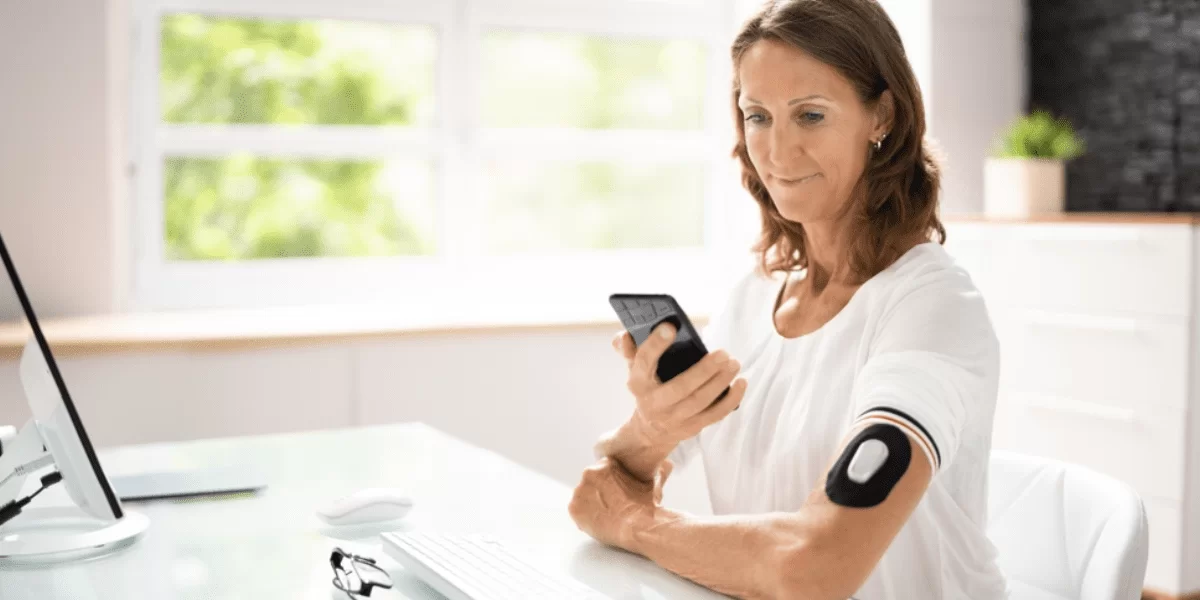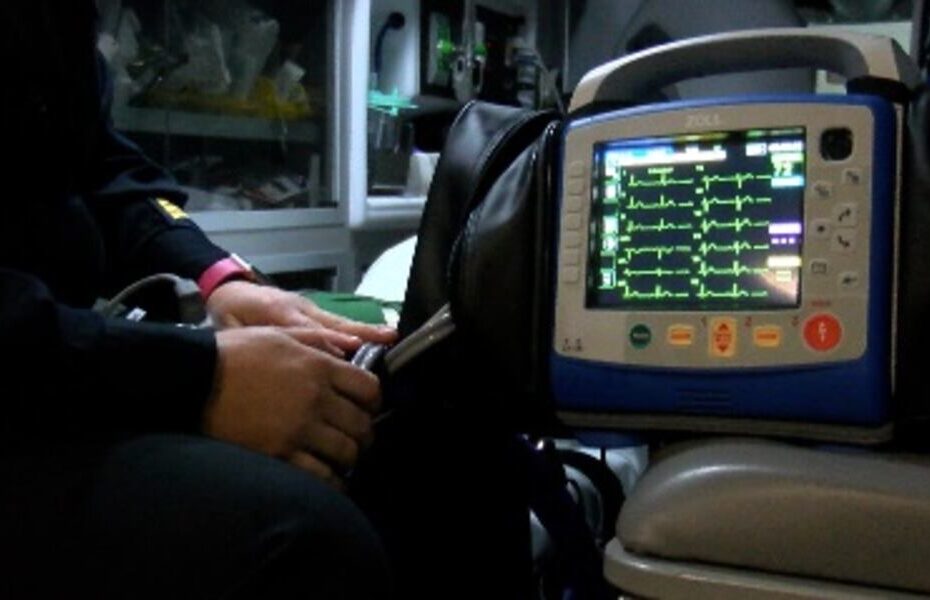Cardiac monitors are crucial devices that play a vital role in modern healthcare. These life-saving instruments help medical professionals keep a close eye on a patient’s heart, ensuring timely diagnosis and intervention. In this comprehensive guide, we will delve into the world of cardiac monitors, covering everything you need to know about them.
The Importance of Cardiac Monitors
Cardiac monitors are indispensable tools for healthcare providers, and here’s why:
- Early Detection: Cardiac monitors are designed to detect irregularities in a patient’s heart rhythm. This early warning system can make a significant difference in patient outcomes.
- Continuous Monitoring: These devices offer real-time monitoring, allowing medical staff to respond swiftly to any changes in a patient’s heart activity.
- Customization: Cardiac monitors can be tailored to suit each patient’s specific needs, making them highly versatile.
Types of Cardiac Monitors
There are various types of cardiac monitors, each with its unique features:
- Holter Monitors
Holter monitors are portable devices that patients wear for an extended period. They record the heart’s electrical activity and help diagnose irregular heart rhythms that may not be captured during a short office visit.
- Telemetry Monitors
Telemetry monitors are often used in hospitals to provide continuous monitoring of a patient’s heart activity. They transmit data wirelessly, allowing healthcare professionals to keep track of multiple patients simultaneously.
- Event Monitors
Event monitors are patient-activated devices that record heart rhythms during specific events, such as when the patient experiences symptoms. They are highly effective in diagnosing intermittent heart problems.
- Implantable Cardiac Monitors (ICMs)
ICMs are small, implantable devices that continuously monitor a patient’s heart activity for up to three years. They are especially useful for individuals with unexplained fainting spells or suspected heart arrhythmias.
How Cardiac Monitors Work
Cardiac monitors work by attaching electrodes to the patient’s skin, which detect the electrical signals produced by the heart. These signals are then transmitted to the monitor, where they are displayed in real-time. The data can be analyzed on the spot or stored for later review.
Benefits of Cardiac Monitoring
The advantages of using cardiac monitors are numerous:
- Early Intervention: Timely detection of heart irregularities allows for immediate medical attention, potentially saving lives.
- Data Accuracy: Cardiac monitors provide precise data, aiding in accurate diagnosis and treatment planning.
- Remote Monitoring: Telemetry monitors enable healthcare professionals to monitor patients from a distance, enhancing patient care.
- Peace of Mind: Patients and their families gain peace of mind knowing that their heart health is being closely watched.
Cardiac Monitors and Modern Technology
With advancements in technology, cardiac monitors have become more sophisticated and user-friendly. Features such as wireless connectivity, mobile apps for data tracking, and alarms for critical events have revolutionized patient care.
Unlocking the Potential: 10 Strategies to Optimize Your Cardiac Monitor
In the fast-evolving world of healthcare technology, cardiac monitoring plays a pivotal role in patient care and diagnosis. Keeping your cardiac monitor at its peak performance is vital, ensuring accurate readings and timely responses. Let’s delve into ten strategies that will help you optimize your cardiac monitor for the best results.
- Regular Software Updates for Enhanced Performance
Keeping your cardiac monitor’s software up to date is crucial. Software updates often include bug fixes, performance improvements, and new features, ensuring your device operates smoothly and accurately.
- Calibrating for Precision
Calibrating your cardiac monitor at regular intervals is essential. Calibration ensures that the readings provided are accurate, which is fundamental for the correct assessment of a patient’s condition.
- Battery Management: Prolonging Lifespan
Efficient battery management is crucial. Regularly charging and maintaining your cardiac monitor’s battery will prevent sudden disruptions during crucial monitoring sessions.
- Optimizing Sensor Placement
Proper sensor placement is key to obtaining accurate readings. Ensure that sensors are correctly positioned to capture vital data effectively.
- Cleaning and Maintenance for Longevity
Regular cleaning and maintenance will extend the life of your cardiac monitor. A clean device is not only more hygienic but also operates more effectively.
- Data Management for Informed Decision-Making
Implement a robust data management system. It allows for the organization and analysis of patient data, enabling healthcare professionals to make well-informed decisions promptly.
- Connectivity and Data Sharing
Make sure your cardiac monitor is compatible with other healthcare devices and systems. Seamless data sharing among healthcare professionals can significantly improve patient care.
- User Training for Maximum Efficiency
Providing comprehensive training to your healthcare staff is vital. Proficient users can make the most of your cardiac monitor, ensuring accurate readings and timely responses.
- Security Measures for Data Protection
Implement stringent security measures to protect patient data. Data breaches can have severe consequences, so safeguarding sensitive information is a top priority.
- Continuous Monitoring and Alerts
Enable continuous monitoring and alerts on your cardiac monitor. This feature ensures that healthcare professionals receive real-time updates, allowing them to act swiftly in case of any irregularities.
Ensuring Regulatory Compliance
It’s imperative to keep your cardiac monitor in compliance with the latest regulatory standards and guidelines. Regularly review and update your device to meet the requirements set forth by healthcare authorities, ensuring patient safety and adherence to industry best practices.

Remote Monitoring for Flexibility
Incorporate remote monitoring capabilities into your cardiac monitor. This feature allows healthcare providers to keep a watchful eye on patients from a distance, offering them flexibility in patient care and reducing the need for constant in-person monitoring.
Customization for Specialized Needs
Consider customizing your cardiac monitor to cater to specialized needs. Different patients may require specific parameters or settings. Customization ensures that your monitor can adapt to various clinical scenarios, improving patient care.
Feedback and Continuous Improvement
Create a feedback loop with healthcare professionals who use your cardiac monitor regularly. Their insights and suggestions can lead to continuous improvements, making your device even more effective and user-friendly.
Invest in Research and Development
Stay at the forefront of cardiac monitoring technology by investing in research and development. New innovations can lead to breakthroughs in patient care and diagnostic accuracy.
Training and Support for End-Users
Continuously offer training and support to the end-users of your cardiac monitor. Empower healthcare professionals with the knowledge and tools they need to make the most of your device.
Data Analytics for Predictive Insights
Leverage data analytics to derive predictive insights from the data collected by your cardiac monitor. This can help in identifying potential issues before they become critical, leading to proactive patient care.
Stay Informed About Industry Trends
Keep a close eye on emerging trends in the cardiac monitoring industry. Staying informed about the latest developments can guide your product improvements and keep your monitor competitive in the market.
Conclusion: Elevating Cardiac Monitoring to the Next Level
In the ever-advancing field of healthcare, optimizing your cardiac monitor is not just a choice but a necessity. By implementing these strategies, you can ensure that your cardiac monitor stands out in terms of precision, usability, and patient care. The result? A more effective, efficient, and reliable device that ultimately contributes to better healthcare outcomes and a healthier future for all.
